
Indonesia is one of the richest countries in the world with natural attractions. There are more than 50 national parks here, 6 of them are considered UNESCO World Heritage Sites, and 11 are part of this organization’s global network of biosphere reserves. Indonesia’s reserves are located in different areas – from savannahs and jungles to swamps and mountains – and in total cover an area of more than 130 thousand square meters. kilometers.
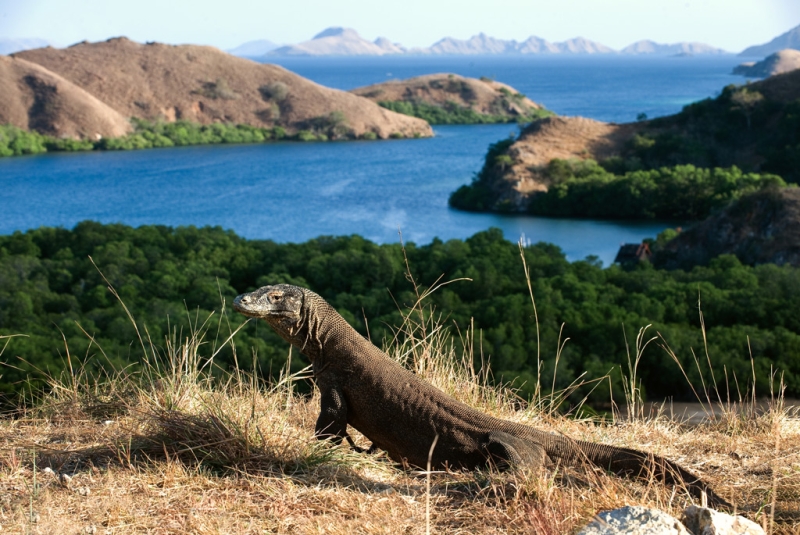
Among this stunning natural diversity, a special place is occupied by the Komodo Nature Reserve, which is located on the territory of the Lesser Sunda Islands.
For Indonesians, Komodo Island and the neighboring islands of Rinca and Flores are part of the national heritage, and they consider the Komodo dragon that lives there almost a symbol of the country. Many people mistakenly believe that this is an ancient reptile, the same age as dinosaurs, and especially the superstitious even call it the “last dragon.” In fact, the Komodo lizard is the largest monitor lizard in the world, whose body length can reach three meters and weighs almost a ton.
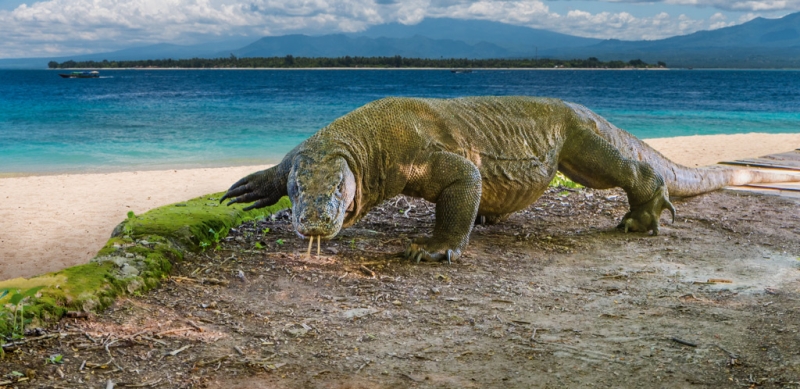
These lizards are found only within the Komodo National Park, and today, due to human economic activity, they are in danger of extinction. However, it is unknown for whom such a neighborhood is more dangerous: due to the absence of large predators on the islands, monitor lizards are at the top of the food chain in their biosystem and have recently begun to consider people as prey. Because of the ban on killing Komodo dragons, the giant lizards have become very bold and are not afraid to come close to villages and even invade human territory.
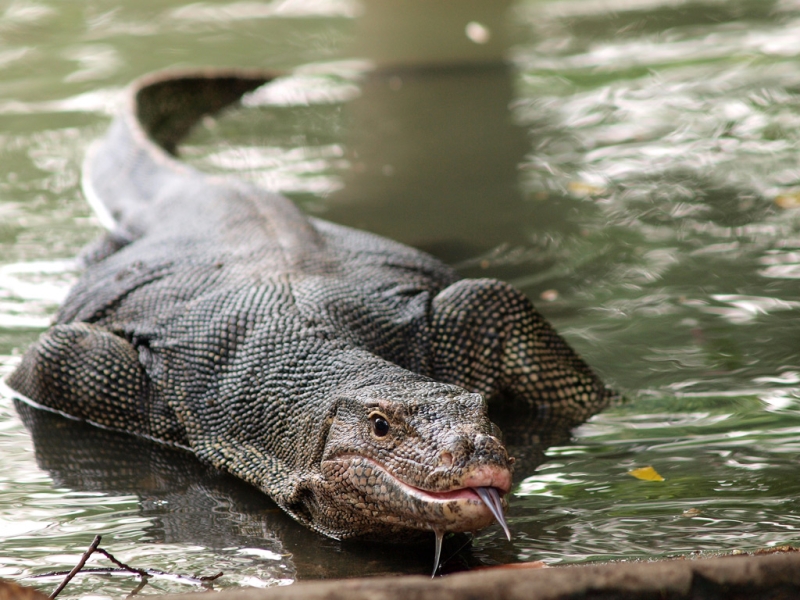
Monitor lizard bites can cause blood poisoning due to pathogenic bacteria in their saliva and are often fatal if not treated properly. What makes monitor lizards even more dangerous is their strong sense of smell – they can even smell the faint smell of blood at a distance of up to 5 kilometers! However, cases of attacks on tourists are extremely rare and in recent years the lizards have never harmed travelers. Tourist groups are always accompanied by rangers armed with forked sticks (locals claim that this is quite enough for protection),
and monitor lizards that live in places where tourists gather behave more modestly, knowing what they can get from the park rangers.
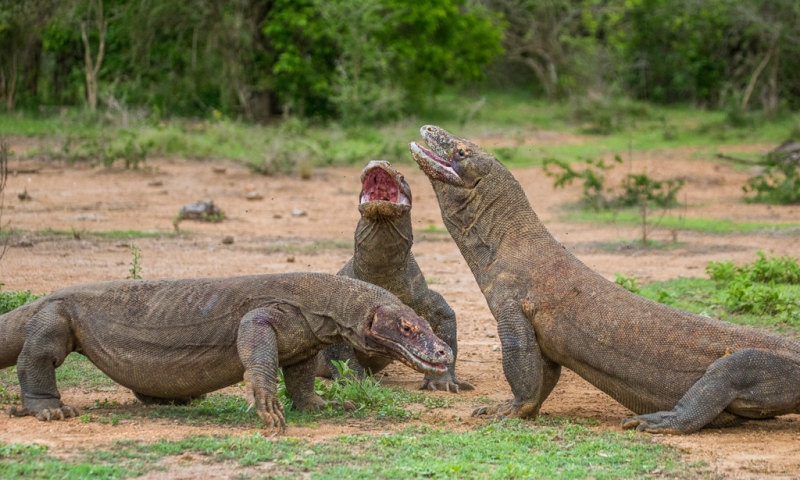
Komodo National Park is not only interesting for its giant lizards – it is home to many species of mammals, birds and reptiles, including Timor deer, water buffalo, civet cats and parrots. The coastal waters of this group of islands are a great place for diving, snorkeling and watching marine animals, where you can find turtles, sperm whales and sea sirens, not to mention stingrays, dolphins and hundreds of species of fish and coral.
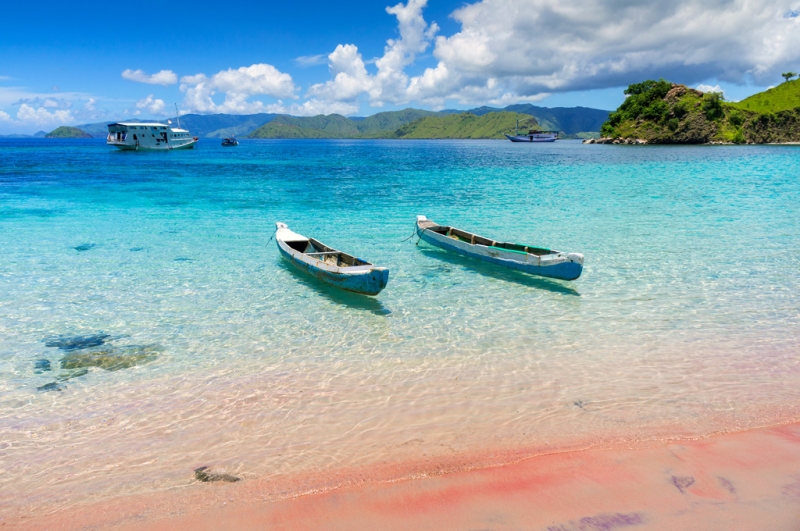
The closest airport to Komodo Park is located on Flores Island in Labuan Bajo. From Flores to Rinca Island you need to get by boat; it will take about 4-5 hours (it takes even longer to reach Komodo). Stunning views await you (bring a waterproof camera case); On the way, you can stop at one of the gorgeous deserted beaches of the Lesser Sunda Islands. If you get seasick, don’t forget to take some seasickness pills.
The easiest way to get to the park is from Bali, where you can buy a two- or three-day day excursion to Rinca or Komodo with an overnight stay on a boat.
Searching and booking hotels will become easier with the OneTwoTrip service, where more than 2,000,000 accommodation properties are presented. And pay for your purchases with a OneTwoTrip loyalty card, then up to 10% of the order amount on OneTwoTrip, as well as up to 2% of any purchases paid for with the card, will be returned to your account.


